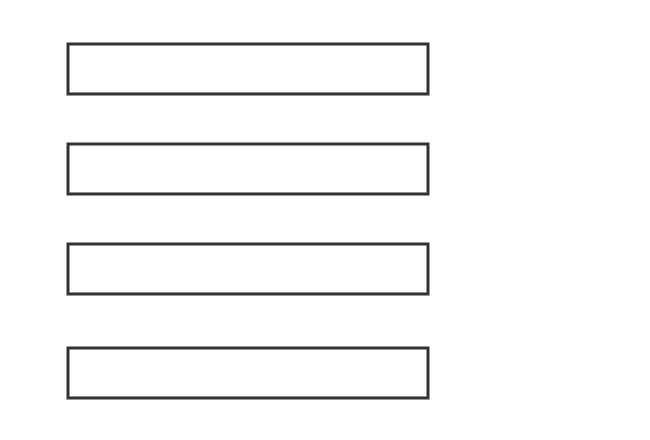The two or more fractions that have same value are called the equivalent fractions or equal fractions.
It seems, two or more fractions are dissimilar but if we calculate their values, they are equal surprisingly in some cases. So, the fractions are called as equivalent fractions and also simply called as equal fractions.
The fractions can be formed by the any number of equal divisions but they will be equal mainly due to their equality.
From a geometrical example, the concept of the equivalent fractions can be understood. Take four rectangles and split them as two, four, six and eight equal parts respectively.

Thus, four proper fractions $\dfrac{1}{2}$, $\dfrac{2}{4}$, $\dfrac{3}{6}$ and $\dfrac{4}{8}$ are formed. In all four fractions, the numerators are different and denominators are different but their values are equal. Hence, the fractions are called as the equal fractions.
$\implies$ $\dfrac{1}{2}$ $\,=\,$ $\dfrac{2}{4}$ $\,=\,$ $\dfrac{3}{6}$ $\,=\,$ $\dfrac{4}{8}$ $\,=\,$ $0.5$
Similarly, the improper fractions can also form equivalent fractions. Therefore, the equal fractions can be either proper fractions or improper fractions but they both cannot be formed equivalent fractions.
A free math education service for students to learn every math concept easily, for teachers to teach mathematics understandably and for mathematicians to share their maths researching projects.
Copyright © 2012 - 2023 Math Doubts, All Rights Reserved